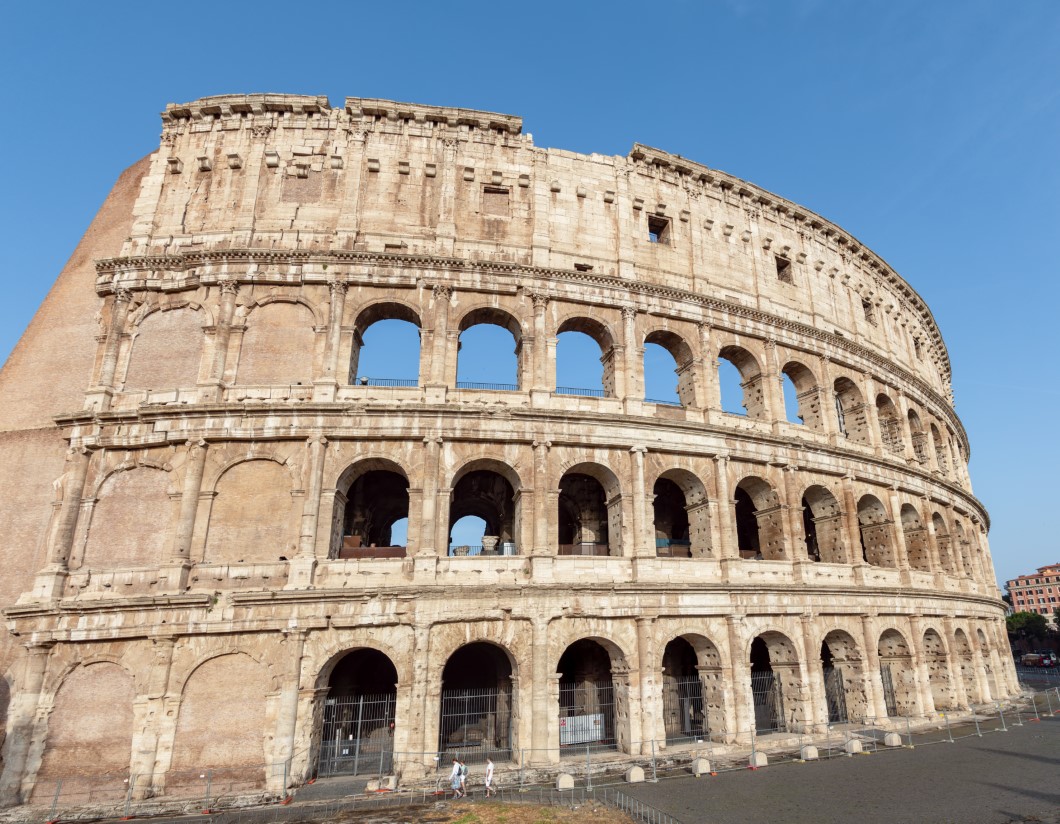
You might also like:
Italian tourism is expecting the catastrophic year 2020 due to the coronavirus crisis, and the industry estimates the possible losses at 120 billion EUR. Until now, the industry has provided jobs to 4.2 million people and represented 13% of the GDP.
In Italy and many European countries, Easter or Holy Week marks the beginning of the tourist season, welcoming foreign visitors, local tourists and pilgrims. Spring, which is also a strong season due to several Italian holidays, offers an opportunity to explore Rome, Florence, Venice or Naples, and to enjoy the sun on the Amalfi coast or in the Cinque Terre (Five Lands) of the Ligurian coast.
But after the coronavirus outbreak began in late February, Italy – Europe’s country with the highest death toll – foreign tourism collapsed, even before the nationwide lockdown was decreed on March 10.
“We expect a drop in turnover of 70 to 80 %,” stated Luca Patane, President of the Italian tourism association Confcommercio Confturismo. The tourism industry expects 30 million fewer overnight stays in the period between March and May. The effects of the crisis are also particularly negative for the catering and retail sectors.
Even if the lockdown in Italy were to be lifted, the mobility of citizens would still be reduced. A summer with few foreigners is expected. Lorenza Bonaccorsi, Secretary of Tourism, argues that “2020 is ruined, taking into account that most of the reservations are made in the first quarter of the year.” It’ll take “one or two years, maybe, to return to previous [performance] levels,” Bonaccorsi said
The association called for concrete support measures for tourism, which has felt the effects of the crisis most strongly among the economic sectors. Italian tourism had already come to a standstill before the lockdown at the beginning of March and will continue to suffer from the consequences of the coronavirus crisis for several months after the end of the curfew, Patane said.

The only segment that the industry can rely on is domestic travel, which normally accounts for a little less than half of the number of travelers on the country. According to a recent survey prepared by the SWG institute for Confcommercio and Confturismo, 70% of Italians believe that the health crisis will last another two or three months, until the beginning of summer, and 47% of Italians would like to schedule their holidays for later, mostly within the country. However, 16% fear not having the means to pay for their trips.
The tourism industry is demanding vouchers of up to EUR 400 € from the government for families planning a holiday in the summer. This could give oxygen to the tourism industry. One-third of Italian families reported, according to the survey, that they have no plans for the summer holidays.
The support of EUR 600 per month for people working in the Italian tourism sector, decided by the government, is not enough, complained Vittorio Messina, president of the tourism association Assoturismo. He called for a suspension of tax and rental payments for tourism companies.
The government has planned measures for all industries: unemployment aids, deferred payment of taxes, state guarantees for temporary credits, and a 600-euro aid for self-employed citizens, including SMEs specialized in seasonal rentals through Airbnb. However, some studies predict 10% of bankruptcies if the crisis doesn’t end before the end of the year.
The Italian prime minister has warned that the country will have to learn to “coexist” with coronavirus for a long time. Social distancing and avoiding large groups and crowds are measures that will have to be maintained. It will be very difficult for small cafes and restaurants located near Italian historical centers. How will hotels guarantee a 2-meter social distance in a dining room, fitness center or spa?
Source: tourism-review.com
